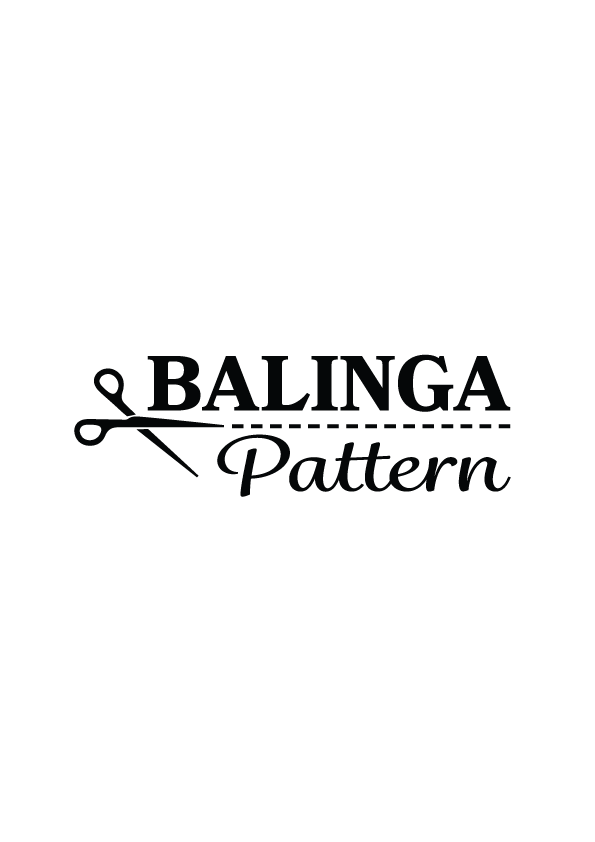10 Interesting Facts You Didn't Know About Asymmetrical Clothes and Their Trendy Appeal
- Inga

- Jun 7
- 4 min read
Updated: Jul 10
Asymmetrical Clothing: Embrace a Captivating Trend
Asymmetrical clothing has exploded onto the fashion scene in captivating ways, appealing to design lovers and casual wearers alike. You may think of asymmetric dresses or skirts, but this trend encompasses much more. Discover the world of asymmetrical fashion with these ten interesting facts. They might inspire your next sewing project or shopping trip.

1. The Asymmetrical Revolution
Asymmetrical clothing traces its roots back to the 1980s when designers began breaking free from conventional silhouettes. This movement aimed to challenge traditional beauty standards and celebrate individuality. For instance, designer Issey Miyake introduced unique asymmetric pieces that changed how people viewed fashion.
Today, people wear asymmetrical garments not just as a trend but as a form of self-expression. By embracing these styles, you make a statement about who you are.
2. Flattering for All Body Types
One of the strongest reasons to try an asymmetric dress or top is its universally flattering design. Research indicates that 78% of women feel more confident in garments that empower their individual shapes. An asymmetric silhouette directs attention to your best features while cleverly disguising areas you may be less confident about.
An asymmetric hemline can make your legs look longer, making you appear taller. An asymmetrical neckline can highlight your collarbone beautifully. This styling versatility makes these pieces ideal for a wide range of body types, from curvy to petite.
3. A Nod to Historical Fashion
Asymmetrical design isn't just a modern trend; cultures throughout history have embraced asymmetry in styles. Ancient Greek clothing used draped fabrics to create elegant, uneven lines. The Japanese kimono also has asymmetrical features.
By recognizing this history, you can appreciate asymmetrical clothing on a deeper level. When you wear these garments, you connect with a time-honored legacy while expressing your contemporary style.
4. Versatile Fabric Options
Asymmetrical garments come in various materials, suitable for all seasons. You can find options from lightweight cotton summer dresses to cozy wool asymmetric sweaters for winter.
A flowy chiffon dress gives you a light summer look, while a chunky knit sweater keeps you warm and stylish in winter. This variety allows you to seamlessly incorporate asymmetrical pieces into your wardrobe throughout the year.
5. Unleashing Creativity Through Sewing
For those who enjoy crafting, sewing asymmetrical clothing offers a chance to explore your creativity. The irregular cuts and design elements can be surprisingly easy to replicate, even for beginners.
Using a simple pattern for an asymmetric tunic or experimenting with draping techniques can improve your sewing skills. Plus, your creations will be one-of-a-kind, ensuring that no one else will have the same piece.
6. Eye-catching Accessories
Asymmetrical clothing serves as a fantastic canvas for accessories. For example, you can enhance an asymmetric dress with bold earrings or unique shoes. These accessories add flair to your look.
These cuts allow accessories to shine without overshadowing the complete outfit. Wearing a bold necklace with an uneven top can drastically change your look. It makes your wardrobe feel more lively and dynamic.
7. Celebrities Love Asymmetry
Celebrities and influencers have embraced asymmetry, enhancing its appeal in popular culture. Stars like Rihanna and Zendaya are often spotted in striking asymmetric outfits on red carpets, inspiring countless fans.
Using these styling icons for inspiration can help you make the asymmetric trend your own. This way, you can create looks that feel true to you.
8. Perfect for Layering
Asymmetrical pieces excel in layering, inviting you to create visually stunning outfits. Think about wearing an asymmetric top over a fitted tank. You can also try a long asymmetric cardigan over a regular dress to add depth.
This technique not only provides warmth but can also create a streamlined silhouette that enhances your overall appearance. Exploring layering with asymmetric styles can refresh your wardrobe without requiring a complete overhaul.
9. The Evolution of Asymmetrical Styles
The fashion landscape is continually evolving, with new interpretations of asymmetric clothing emerging regularly. Designers innovate, crafting fresh patterns that cater to modern tastes.
For instance, recent runway shows feature striking asymmetrical gowns with intricate designs that challenge traditional norms. By staying informed about these trends, you’ll find options that resonate with your personal style.
10. Sustainable Fashion Options
Sustainability is becoming a vital topic in fashion. Many brands are now creating asymmetric pieces with eco-friendly materials. A study found that fashion accounts for 10% of global carbon emissions, making conscious choices essential.
You can make smart fashion choices by choosing sustainable asymmetrical clothing. You can also look stylish by wearing pieces made from recycled materials. This dual benefit shows that embracing this trend is not only fashionable but also environmentally friendly.
Incorporating asymmetrical fashion into your wardrobe contributes to a brighter future for the planet.
Embrace the Trend
Asymmetrical clothing is not just a trend; it is a great way to improve your wardrobe and showcase your unique style. With its rich history, flattering designs for all body types, and fun sewing options, there’s no reason not to explore this trendy path.
Whether you are shopping, sewing, or thinking of ways to use asymmetry in outfits, these ten surprising facts will help you. They provide a good starting point for your journey into asymmetric fashion. Dive into your wardrobe or sewing box and discover the trendy appeal of asymmetrical clothes today!





Comments